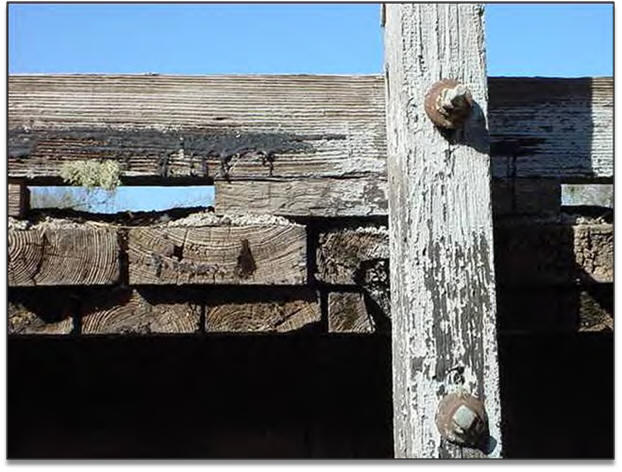Project 0-6495
TxDOT and Electric Power Transmission Lines
Abstract
Rural areas of Texas are being extensively developed as locations for renewable energy projects and generation facilities. Wind power, solar power, and other renewable energy technologies are viewed by the public as the next economic boom and have been compared to the oil boom of the early twentieth century. However, studies have indicated that the existing transmission network is unable to support significant transmission of electricity from additional wind generation. The Public Utilities Commission of Texas created Competitive Renewable Energy Zones (CREZ) to match renewable resources with needs in pursuit of adequate future transmission. The Texas Department of Transportation (TxDOT) has the potential for a unique and expansive role in the development of future transmission capacity given the authorizations contained in House Bill 3588 that allow the department to build, own, or operate transmission. The purpose of this study was to provide baseline information and case studies to better define TxDOT's role in electric power transmission lines and partnering with public utilities. Technical and legal issues were documented in literature and legal analysis undertaken during the study. Stakeholders in electric power generation and transmission were identified, and researchers interviewed a variety of state agencies, transmission providers, renewable energy non-profit organizations, property rights advocates, independent system operators, public utilities and other state departments of transportation.

Project PI: Phillip T. Nash
Project Co-PI's:
Doug Smith
Richard P. Walker
Center for Multidisciplinary Research in Transportation (TechMRT)
-
Address
Texas Tech University, Box 41023, Lubbock, TX 79409-1023 -
Phone
806.742.3523 -
Email
techmrt.outreach@ttu.edu
